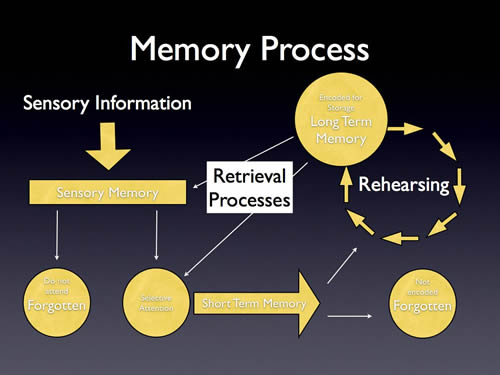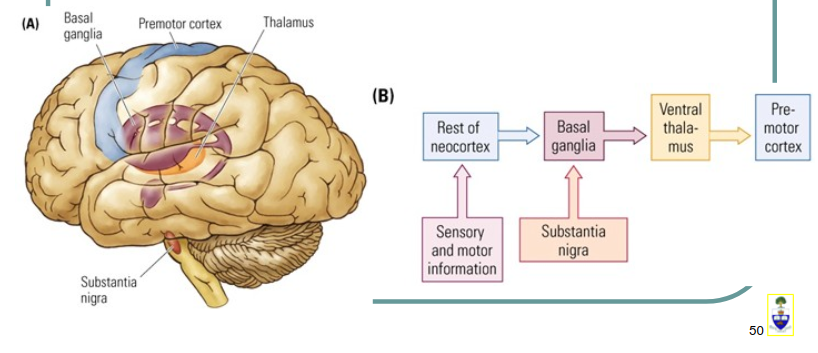

Working memory is the “go-between” for short and long-term memory. One of the key responsibilities of working memory is to manage, manipulate, and transform information from short-term and long-term memory. Working memory also has a component that helps us resist distractions and remain focused when engaged in a task that requires working memory. Visual-spatial short-term memory holds images, pictures, and information about location in space. Verbal short-term memory holds information that can be expressed in numbers, words, and sentences. The working memory system includes verbal and visual-spatial short-term memory stores. Working memory is a system of interlinked components. The student who “loses” some of the steps for directions delivered orally will not be able to retrieve the steps without repetition or some other form of assistance. Once information is lost from working memory, it cannot be retrieved. The duration of working memory is usually limited to a matter of seconds. The average adult cannot hold more than six or seven bits of information in working memory. Working memory is limited both in capacity and duration. Carrying out the steps to a recipe when no longer looking at the recipe.Remembering a question long enough to think about it and formulate an answer.Listening to, remembering, and following directions that contain multiple steps.Examples of everyday tasks that require working memory include: Working memory is a cognitive process and not a passive store of information.Working memory is what is needed when we must go beyond straight memorization and do something with the information. Working memory is a process and is different than rote memory, which involves passively memorizing static information.

“Working memory” is crucial for learning and refers to the ability to hold and manipulate information mentally over short periods of time.

For example, it’s possible to have a very strong episodic memory but a weak semantic memory. We may have great variation in the capacity of these different memory systems. Semantic memory is the store of knowledge gained over our lifetime and includes information about word meanings, spellings, and pronunciations. We use procedural memory for riding a bike or driving a car. Procedural memory is memory for skills and habits. For example, episodic memory is the store for events in the relatively recent past, such as the birthday party we attended last weekend. We have several different memory systems that hold different types of information. Parents often report that their child has a “poor memory” and that poor memory is contributing to difficulties with learning however, we don’t have just one global memory system. The purpose of this fact sheet is to describe the function of working memory, discuss the impact that weak working memory has on learning, and offer suggestions and resources for improving working memory and learning. Individuals with traumatic brain injury, deafness, oral language deficits or genetic disorders such as Down Syndrome are also more likely to have weak working memory. Weak working memory is a core difficulty for students with ADHD, Inattentive Type. Approximately 10% of us have weak working memory however, the estimates of the percentage of weak working memory in students with specific learning disorders, including dyslexia, ranges from 20 to 50 percent.


 0 kommentar(er)
0 kommentar(er)
